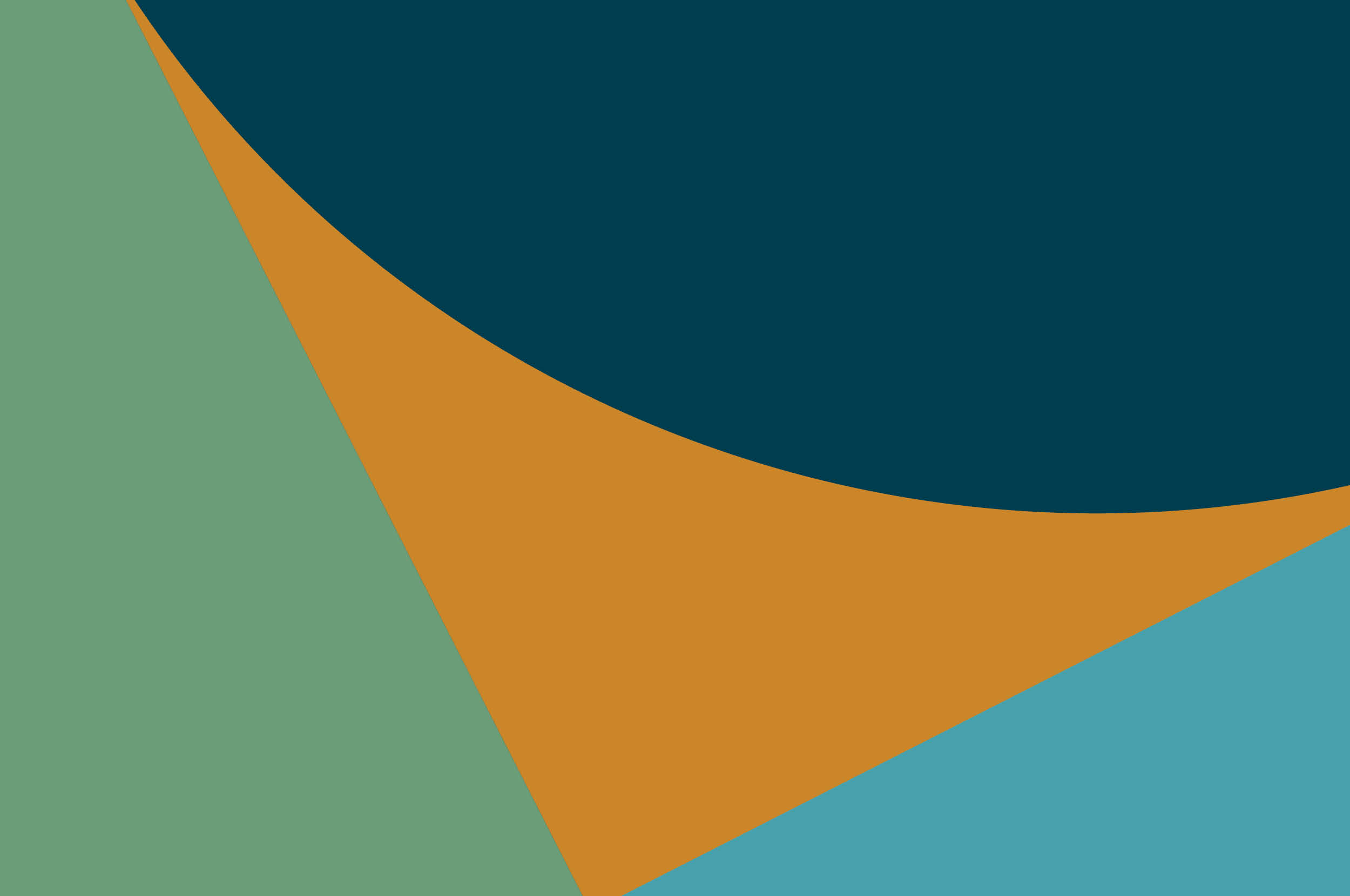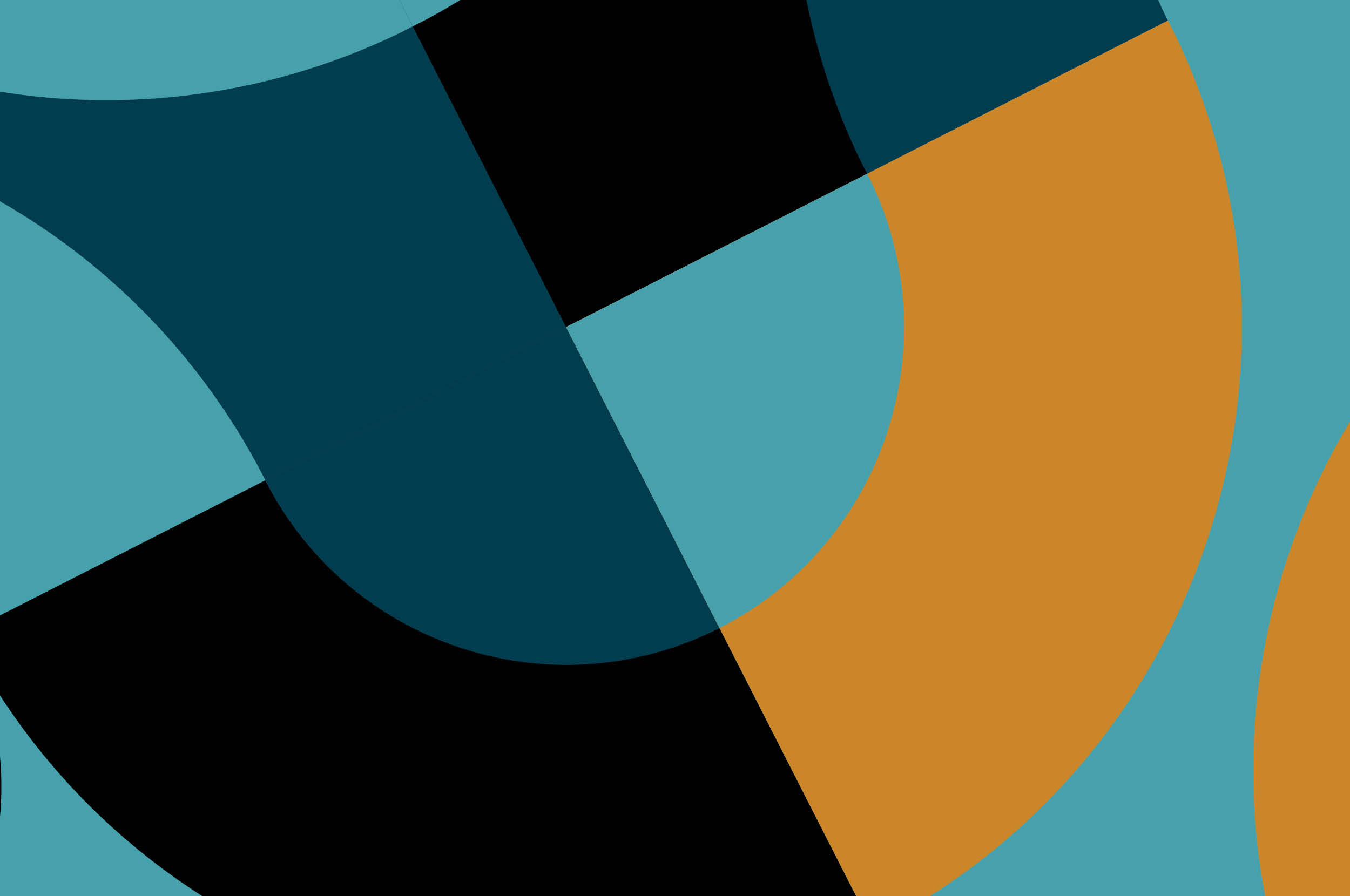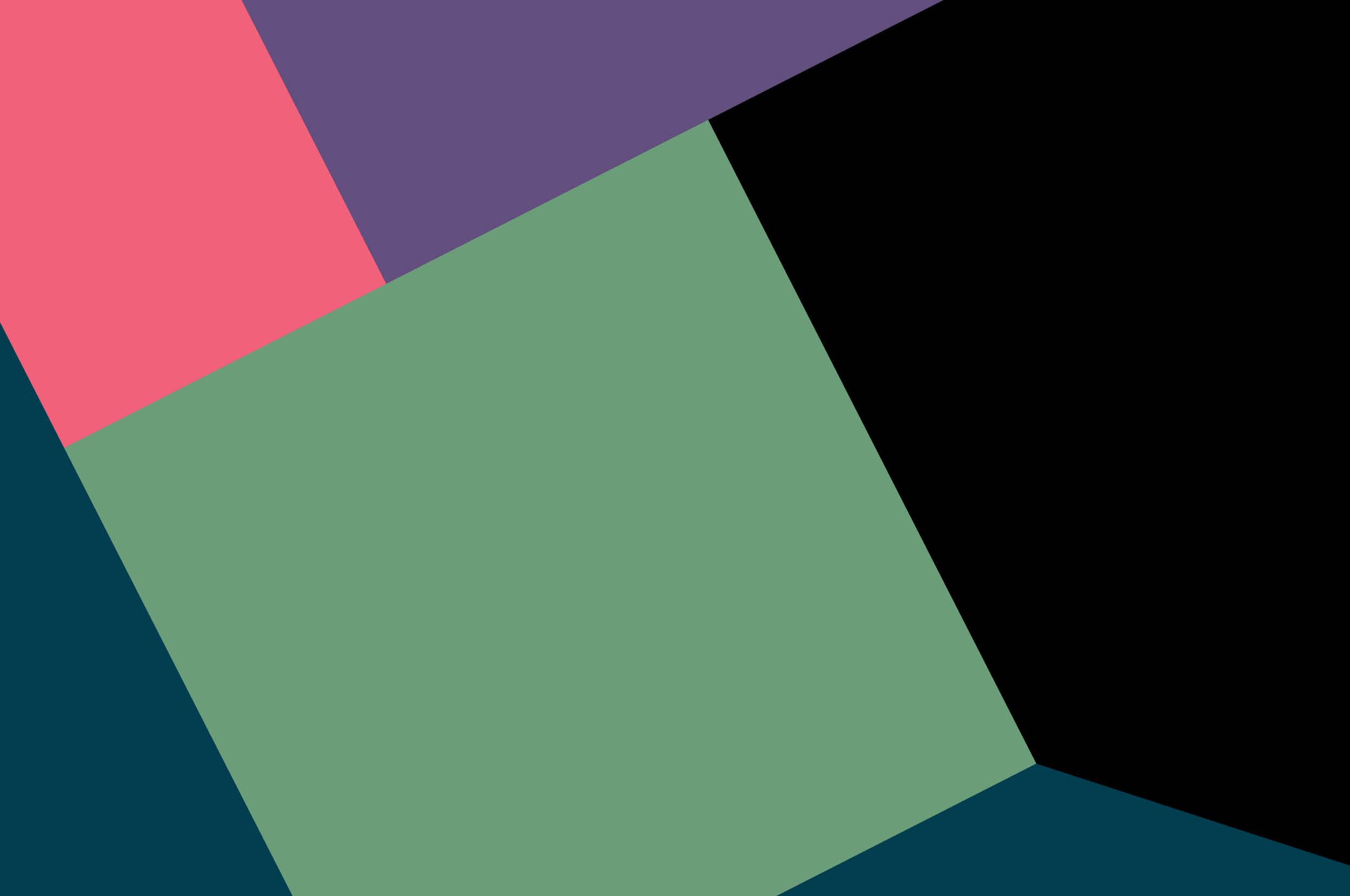It was great to see leaders across customer experience, product, design and accessibility get together at our annual YConf event. New pressures, challenges and unprecedented flux are driving a new breed of digital and creative professionals to challenge accepted norms and deliver the best work of their lives. The event was a rallying cry to push the boundaries: in our roles, teams, ways of working and careers.
As modern digital organizations realize the transformational power of bringing design and technology closer — empowering cross-functional teams to enable human-centric problem solving — they unlock capability to tackle ever more complex challenges facing businesses, industries and society.
It’s an incredibly exciting time to be a creative technologist, but not without its challenges. It was in this dynamic environment that Thoughtworks’ annual event YConf this year posed the questions;
How can designers and technologists navigate the huge opportunities our changing industry presents?
How do we empower teams to collaborate cross-functionally?
How can we embrace new convergent digital and physical worlds together?
What happens when a love of design and technology converge in the same person?
How can we collectively drive inclusivity to make the world a better place?
Challenging digital workplace norms
These practical examples resonated with our attendees, who shared a collective desire to make change happen – in their roles, and in the way they work as part of a team.
In her inspiring keynote, Atlassian Head of Design Tarra van Amerongen described the “bit of luck and whole lot of hustle” that led her to manage a multidisciplinary team of over 350 Atlassians working on the Jira platform.
“The ability to make pivots, to move to a place where you’re thriving, to stay relevant or to grow, is absolutely essential,” she said. “We all need to lift our game in the post-pandemic workplace. To push our thinking from one-sided commercial solutions, to make them fair, sustainable, creative, accessible and representative.”
For Tarra, this means re-thinking some assumptions:
1. Career growth is not always upward. “Careers are a collection of experiences, they can be lateral,” she said. “Not everyone needs to be a people leader. Fulfilment can come from ‘doing the thing’, or setting the conditions for someone else to ‘do the thing’.”
2. Your job title may not exist yet. “You are more than a role or a line item on a resourcing spreadsheet,” says Tarra. Given the roles of tomorrow will build on analytical thinking, creativity and flexibility, she encouraged attendees to think about what they could do to blur the lines of their job description.
3. Don’t let the brief constrain you. Tarra recalled asking a developer ‘if you could do anything on this project, what would it be?’ He responded that he wanted to stretch the client deliverables to include a website. “He had full autonomy to show his mastery in his skillset, and he was on fire. It became the new bar for how we sell our work to clients: you need to provide runway for people to create their own opportunities.”
Although Tarra described herself as a “serial job hopper”, always looking for roles that will challenge her and help her grow, she says it’s infinitely easier to move roles within an organization where you have trust, relationships and a track record.
“The grass isn’t always greener,” she said. “You can water the grass where you are, or plant some seeds.”
Enabling ideas to grow through collaboration
I (half-jokingly) observed that “today is all about breaking down walls, real or imaginary,” during a session presented by Micah Sargisson and Sandy Fraser. The pair were demonstrating a new digital tool to turn interior design ideas into user-friendly, shareable 3D models – a tool our team had helped a client develop from start to finish in under 12 months.
“You don’t need to know where you’re going to know you’re heading in the right direction,” said Sandy. Micah said they were initially surprised by user research as they tested prototypes. “We thought our goal was to help people make plans come to life in 20 minutes, but we realized it could help users dream, not just plan. People told us they would spend hours playing with the tool, just to see what it could look like.”
As designers and developers working together to manage the complexity of this app, Micah and Sandy demonstrated the value of the Developer/ Designer ‘pairing’ approach championed by Valerie Roske, Thoughtworks Lead Software Developer and Christopher Taylor Edwards, Lead Experience Designerin a session on cross-functional collaboration, based on their Design as a Team guidebook.
This duo challenged traditional ‘assembly line’ ways of working, noting it leads to a disconnection from user needs. Their practices, which include pairing skills and expertise, not only generate better project outcomes: they also provide opportunities to learn and share knowledge.
Brave and curious: tech creatives of the future
In YConf’s final panel session, I discussed real-life role pivots with Esther Butcher, Thoughtworks Lead Experience Designer, Mauricio Wolff, Senior Product Designer with Atlassian, and Victoria Kronsell, a Senior UX Engineer at Suncorp.
Like many design and technology professionals, their titles had evolved – whether from graphic design to UX to UI development, or developer to product owner. And the catalyst to step beyond these boundaries often came from intentional self-reflection.
“I started to realize that as a developer, I couldn't make things go as fast as I would like,” said Mauricio. “So I looked at job titles that could make things progress and moved in that direction. Part of the day, I was a developer, part of the day a project manager, and another part, designer. And by juggling those three things, I started to expand my horizons… and people started to recognize me as a UX designer.”
As a designer, Esther realized the projects she most enjoyed involved pairing with developers – just as Valerie and Christopher described with their cross-collaboration practices. “So over time, I spent more and more time coding, pairing with people. As I built up that experience, I became more intentional about how I used my training budget, moving more into the coding space,” she said.
Esther, Mauricio and Victoria also agreed asking good questions is the key to learning new skills, and understanding and valuing every other role involved in a project.
“You don’t need a developer background to pivot into UX design or product management,” said Victoria. “You just need to ask questions, you can learn on the job.”
Change doesn't happen overnight. It requires resilience because setbacks are inevitable.
“People who have a habit of interpreting setbacks as temporary, local and changeable, are able to find success because they build resilience,” said Tarra. “And even if you think you've made it, that could also be temporary. You can't stay at the summit without getting altitude sickness.”
The most important thing is to keep moving. “Everything is changing,” Tarra said. “And if you stay exactly where you are, it will result in boredom for you – and eventually irrelevance in the market.”
If you missed or want to relive the YConf sessions, watch the recordings now – and put insights into practice.
Don’t miss out on our next event. Register your interest today.
Disclaimer: The statements and opinions expressed in this article are those of the author(s) and do not necessarily reflect the positions of Thoughtworks.


















